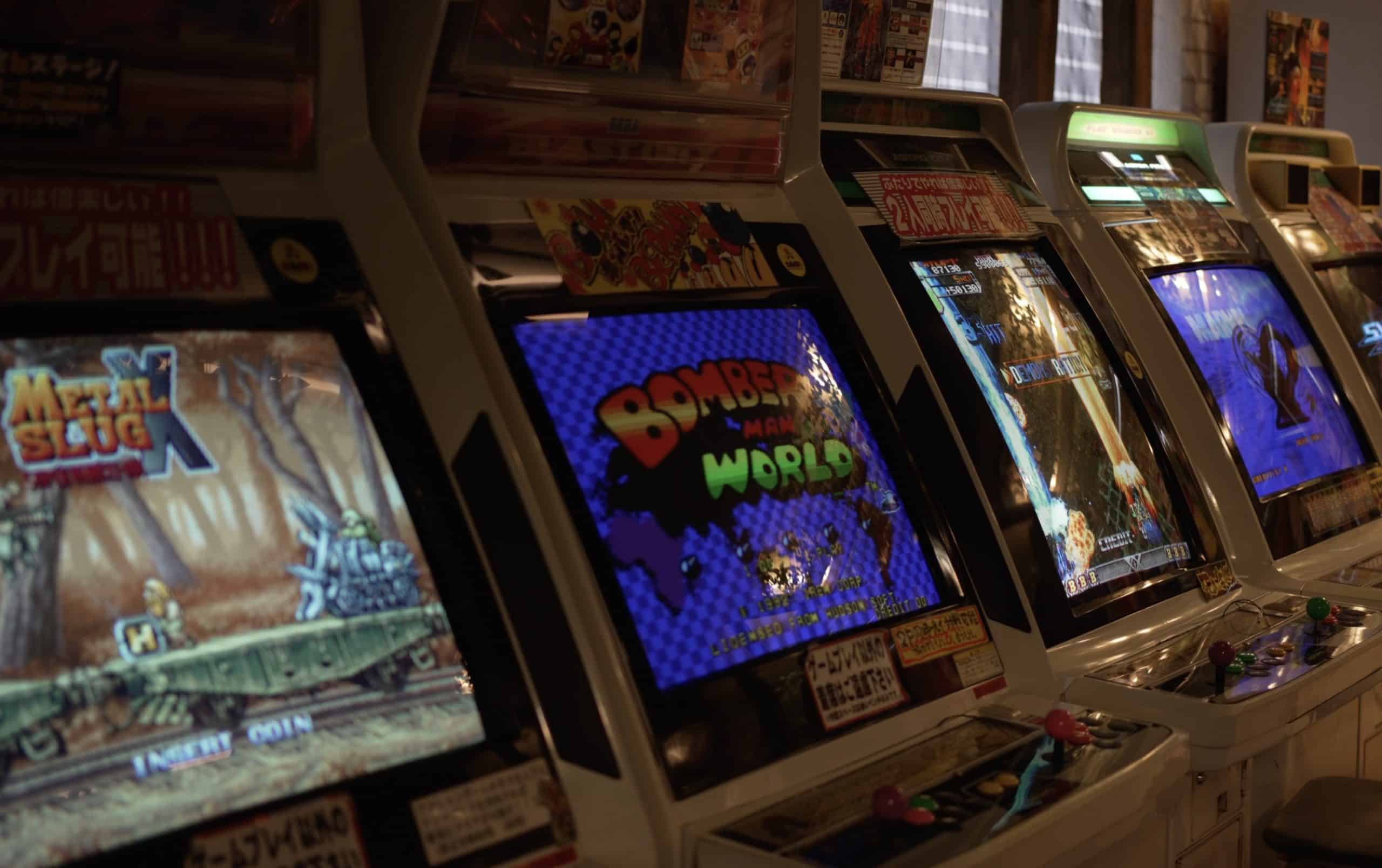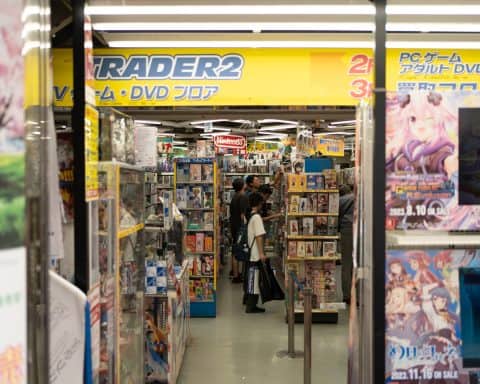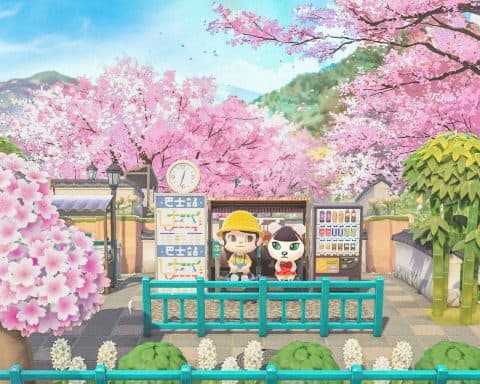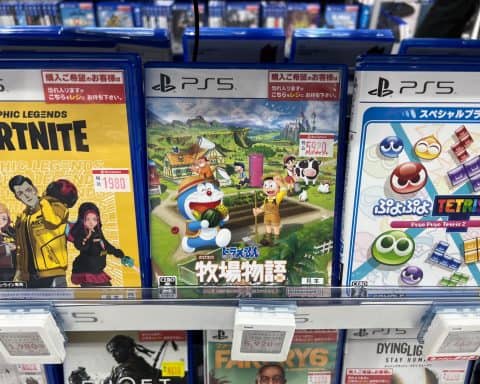I must admit, I’ve never tried to speedrun a game. Maybe that’s because I prefer to take my time and explore a game as much as possible (hence my love of Animal Crossing) …or maybe it’s because I’m just not good enough. However, there’s a thriving community of speedrunners out there and when they play, every second counts.
Speedrunners often chose the Japanese variants of a game to save as much time as possible. This includes quicker text, unique mechanics, more glitches, and a higher frame rate. While it is frequently a faster option for these reasons, it’s not always the best choice for speedrunners.
Let’s take a look at each one of those reasons in a little more depth, and try to understand when a Japanese game would be the best choice for a speedrun, and also when it wouldn’t. First off, we need to understand what speedrunning is.
What is speedrunning?
As you may already know or might have guessed, speedrunning is the act of completing a computer game in the quickest amount of time possible. Sometimes this might just be by using the ‘Vanilla’ version of a game, and other times the speedrunner will use anything they can take advantage of to shave off a few seconds.
Due to the popularity of speedrunning, a number of communities have sprung up worldwide, which sees many people collaborating and attempting to get faster and push the boundaries of what’s possible. Two places you’ll likely find these speed-running communities are r/speedrun and www.speedrun.com. Highly worth checking out if you’re interested in learning more, though I’m pretty sure it’s going to take up a lot of my time going forward!
Why are Japanese Games used for Speedruns?
This might not be an exhaustive list of why Japanese games are often used for speedrunning, but you should be able to get a good idea as to why they’re so popular. Maybe it’s time for me to go out shopping to hard-off and start my speedrunning career!
1. Faster Text
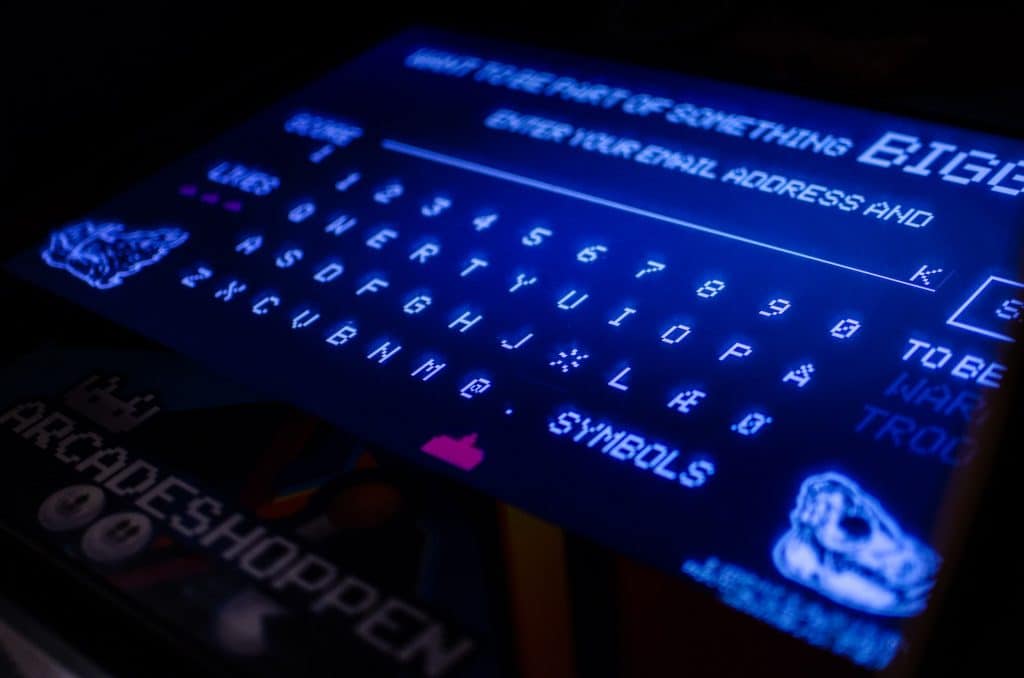
As we are already aware from the Japanese keyboard article, it often takes far fewer taps to create a Japanese word than it does with the Romaji counterpart. That means the Japanese words fill up less space in the text boxes and ultimately take less time to skip through. This is especially true in any situation where characters come out one by one.
That means less time staring at words on a screen, and less time overall in your speedrun. This is most relevant in text-heavy games, but even a few seconds here and there can add up in the vast majority of others.
Of course, like with most things on this list, it’s not a universal rule that the Japanese version is picked. Faxanadu, a game released in 1987 as part of the Dragon Slayer series is one such example. As you can see from the link above, there is only 1 Japanese speedrun time of just over 35 minutes, but the English version has 27 entries.
Slightly off-topic, but with a tagline of “Daggers and wing boots, mantras and monsters await you” it sounds like this is a Japanese game I’d spend far too much time on. Much like this list of games set in Japan that made me want to visit!
2. Shorter Audio

This one is quite self-explanatory: the shorter the text, the faster the audio. And of course, the faster the audio is, the shorter your overall time in that scene (and the entire game) will be.
For those scenes that don’t have Japanese text, but do have Japanese speech audio, much like the reason above, usually fewer characters need to be spoken which adds up to a quicker playthrough.
3. More Glitches

Glitches may be more prevalent in some games, and by exploiting them correctly speedrunners are able to finish sections – or entire games – more quickly. So, why are Japanese games sometimes more frequently used?
Released Before
A good chunk of games are preliminarily released in Japan before making their way to other parts of the world. It’s fairly common that early versions of games contain some – if not, a lot – of bugs. So, by playing these early releases (Japan releases) of games, players may be able to make use of certain bugs or glitches that were inevitably patched out of later versions.
As technology has advanced, these glitches are less prevalent than they used to be and are usually patched as soon as they’re noticed. Older games that were only released via physical copies either can’t be updated so easily or at all.
Released After
On the flip side, it’s also possible to see speedrunners use Japanese games because they’re released after everything else. By looking at the Gaming Stack Exchange, I’ve discovered that western gaming companies who wanted to release titles in Asia but didn’t yet have any kind of presence over there would contract the work out to other companies.
The example given in that post (by someone who is more knowledgeable than I am) is the Japanese Grand Theft Auto Vice City PC version. In this case, the title was released 4 months after the original to the Japanese PC gaming community but it was far less polished, and as a result suffered many bugs and glitches (though probably not as many as Cyberpunk 2077, let’s be honest!). Speedrunners used the bugs from this Japanese version to improve their times and complete the game more quickly.
4. Frame Rate

When it comes to speedrunning, small gains can really add up over time. As such, another reason speedrunners use Japanese games is because of their framerate.
In this case, we’re referring to older games and are mainly interested in the framerate differences. For reference, NTSC is the video encoding system used by Japan and US, whereas PAL is used in Europe.
NTSC uses a 60Hz refresh rate, and PAL has a 50Hz refresh rate. While that (roughly) 18% difference may not sound like it saves much time, every speedrunner will tell you otherwise. If you’ve got a long game that’s old enough to be affected by video encoding in this way, using the Japanese version in NTSC will likely save you a good amount of time.
However, once again the smart person on gaming stack exchange who talks about this offers up an alternative suggestion. Apparently, there are a few cases where it’s actually slower to use the Japanese game and faster to use the European variant which uses the slower PAL encoding. If that makes sense to anyone apart from me, haha!
According to user KitsuneZeta, some games that have specific ‘Major time-saving techniques’ are impossible to enact on the faster 60Hz framerate. Thus, the only option may be to use PAL, and a European title instead of the Japanese game.
5. Gameplay Differences
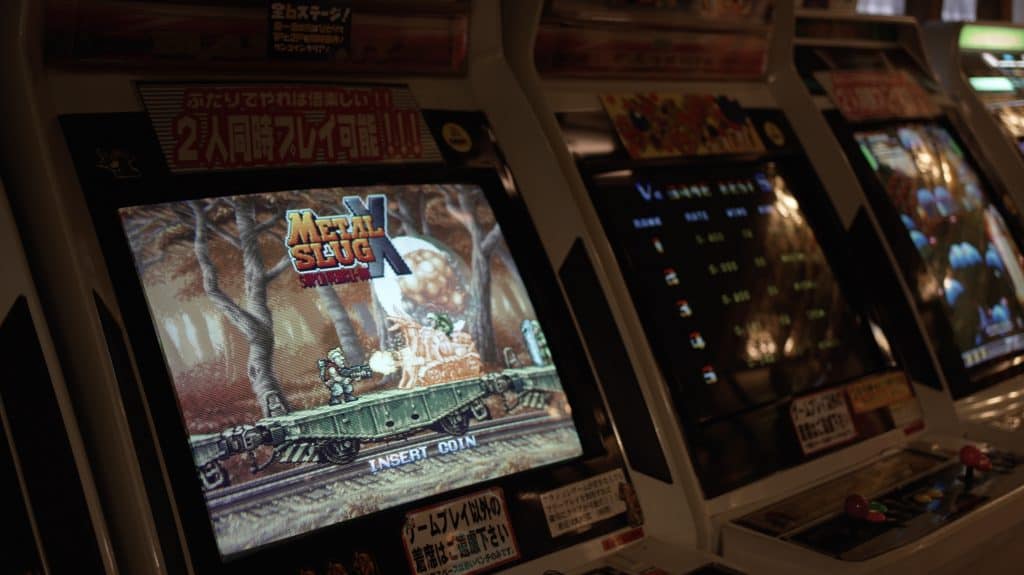
While this may overlap a little with point number 3, there is one specific circumstance I’ve found that warrants talking about.
One example is the PS1 version of Disney Tarzan. Apparently, certain enemies in the Japanese version of the game have fewer health points than they do in others. This makes it a lot faster to defeat the enemies in this level (second-to-last) and is the reason people prefer to play it in Japanese.
Speedrunners don’t always choose Japanese games
Though it’s often a popular choice, the Japanese version of games isn’t the universal decision for all speedrunners. Game versions are picked and discovered by the community devoted to that individual game.
For instance, Twilight Princess is often preferred to be played in German due to one less waterbomb boss, Skyrim is played in french because the voice-acting speed is the fastest (when unskippable), and the same is true for Deus Ex Human Revolution.
If you’re looking for somewhere that explains all of this better than I can, have a search around the gaming stack exchange or the speedrunning community I’ve linked at the top of the post!
In short, I’m now very interested in speedrunning games, and the fact I’d likely be doing that in Japanese makes it even more enticing!



